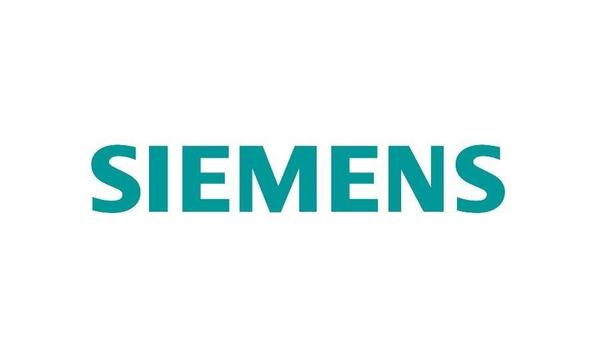Fires come in a number of different types, and depending exactly what it is that is on fire, one needs to use different kinds of extinguishers to put them out. That’s because some extinguishers are more effective at putting out certain fires, while others can be positively dangerous when used at the wrong time, such as using a water-based extinguisher on an electrical or kitchen fire.
One common fire extinguisher that one likely to come across in many work environments directs carbon dioxide (CO2) onto the source of a fire. This month, the team at Hoyles Fire & Safety is going to be exploring how to identify a CO2 extinguisher, which fires it should be used on, and which fires it shouldn’t.
Identify a CO2 fire extinguisher
A CO2 fire extinguisher is one of the more easily identifiable of the different types.
- It will have a black label across its body with CO2 in large white letters on it.
- At the end of the nozzle, one will find a large black ‘frost-free’ horn, unlike anything one will find on any other type of extinguisher. Because the extinguisher blasts out ice-cold gas, a user could easily suffer an ice burn on his or her hand if the horn weren’t there.
- Finally, there should also be a CO2 fire extinguisher sign fixed close
Type of fires
A CO2 fire extinguisher contains carbon dioxide in liquid form, but this is converted into a gas on discharge. The gas is used to smother the source of the fire, displacing the oxygen that is essential for a fire to thrive and thus putting it out. In theory, that should make it suitable for almost any kind of fire.
In practice, however, there are a few types of fire that a CO2 fire extinguisher shouldn’t be used on. First, it is suggested to look at fires that a CO2 fire extinguisher is ideal for:
- Electrical fires – a CO2 fire extinguisher should always be the first choice for this kind of fire, and that makes it a common sight in offices and computer rooms. Because of its smothering effect, it should prevent an electrical fire from reigniting, as long as the power has been turned off at the source. Also, because the gas quickly dissipates after discharge, it shouldn’t damage electrical equipment it lands on
- Class B flammable liquid fires – a CO2 fire extinguisher is also the extinguisher of choice for flammable liquids, including those involving petrol oil, diesel, paint, solvents, etc.
Dangerous to use
Because a CO2 fire extinguisher smothers a fire with a gas that subsequently dissipates leaving no residue, it sounds like the perfect extinguisher. However, there are scenarios when it should not be used. These include:
- Class A solid fires – although the CO2 is ice cold when discharged, it quickly heats as it expands before dissipating. That means that things like wood, paper, and plastics might still be smoldering when it dissipates and therefore have the potential to reignite.
- Class F cooking fat and oil fires – although a CO2 fire extinguisher can be used on most flammable liquids, because it discharges the gas at high velocity, it has the potential to spread a Class F fire before it has the chance to smother it. Class F fires should instead be tackled with a wet chemical extinguisher.
One further note about the dangers of CO2 fire extinguishers. It is already mentioned how one needs to be careful when discharging them because of the potential for ice burns. One should also avoid discharging them in enclosed areas – because they displace the oxygen in the air, that could pose a real risk of asphyxiation for the user.













